
In the history of art, Jean-Baptiste Greese entered as the head of a sentimental-moralizing direction in French painting of the second half of the 18th century. Works of the artist are always moralizing. They deserved the praise of Diderot and enjoyed immense popularity.
Russian traveling patrons ordered the artist their portraits, willingly bought his works. Jean-Baptiste Dream was born in Tournai, studied painting at the Grand Dona, and then at the Paris Academy at Naturaw. The best works were created by the artist in the 1760s-1780s. For all their sometimes excessively straightforward morality and sentimentality, they differ in virtuosic skill. Dream brilliantly built his compositions, the color of his works is always refined, and attention to everyday and everyday details amazed the viewer.
The artist’s talent in the transmission of lighting, the image of the light and air environment was sometimes compared even with the unrivaled art of Rembrandt. However, in this case, as always in the painting “The Father’s Curse,” Jean-Baptiste Graz interpreted the plot in the spirit of theatrical melodrama, sentimental learning. He remained true to this principle, even when the spirit of the times and the tastes of society demanded something else. Other famous works are: “A Girl Mourning a Dead Bird”. 1765. National Gallery of Scotland, Edinburgh; “The girl with the letter.” 1764. The Pushkin Museum. A. S. Pushkin, Moscow.
 The first furrow by Jean-Baptiste Dreams
The first furrow by Jean-Baptiste Dreams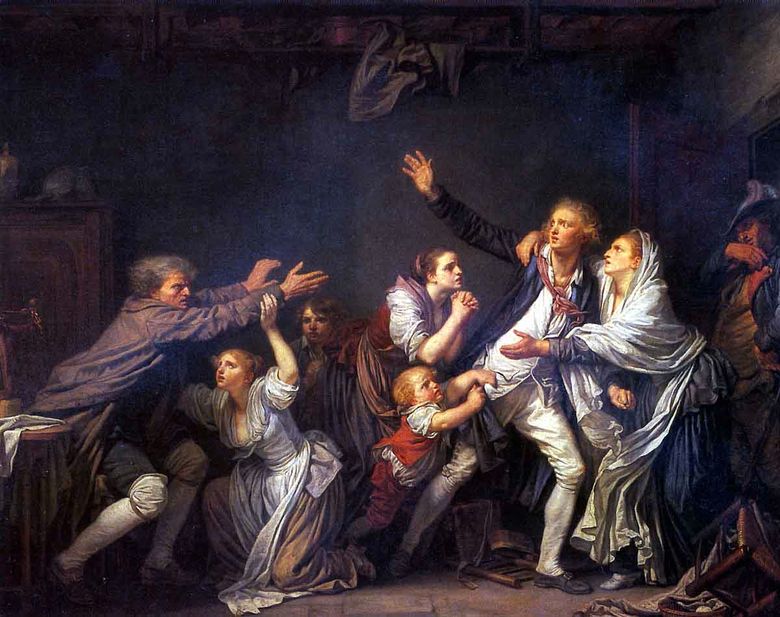 La malédiction du père – Jean-Baptiste Dream
La malédiction du père – Jean-Baptiste Dream La maldición del padre – Los sueños de Jean-Baptiste
La maldición del padre – Los sueños de Jean-Baptiste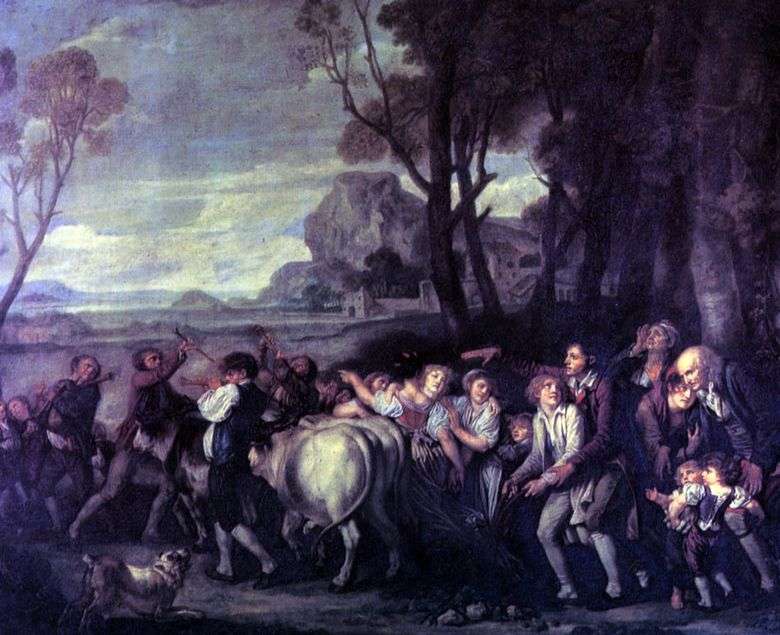 Primer surco – Jean-Baptiste Dreams
Primer surco – Jean-Baptiste Dreams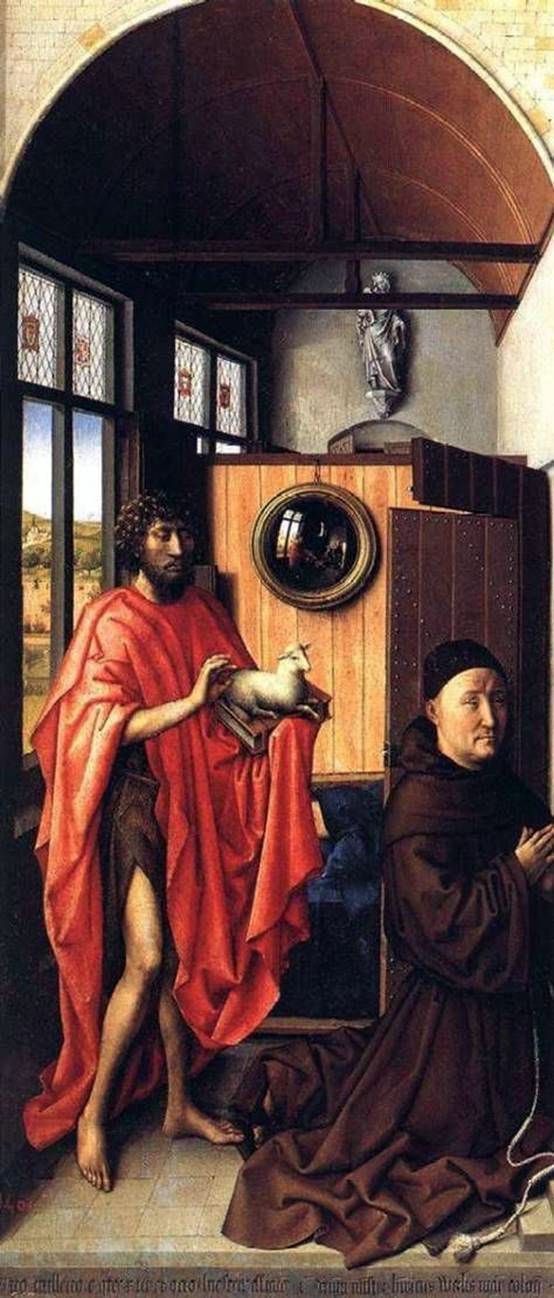 Jean le Baptiste et Heinrich von Verl – Robert Kampen
Jean le Baptiste et Heinrich von Verl – Robert Kampen Septimius Severus and Caracalla by Jean Baptiste Dreams
Septimius Severus and Caracalla by Jean Baptiste Dreams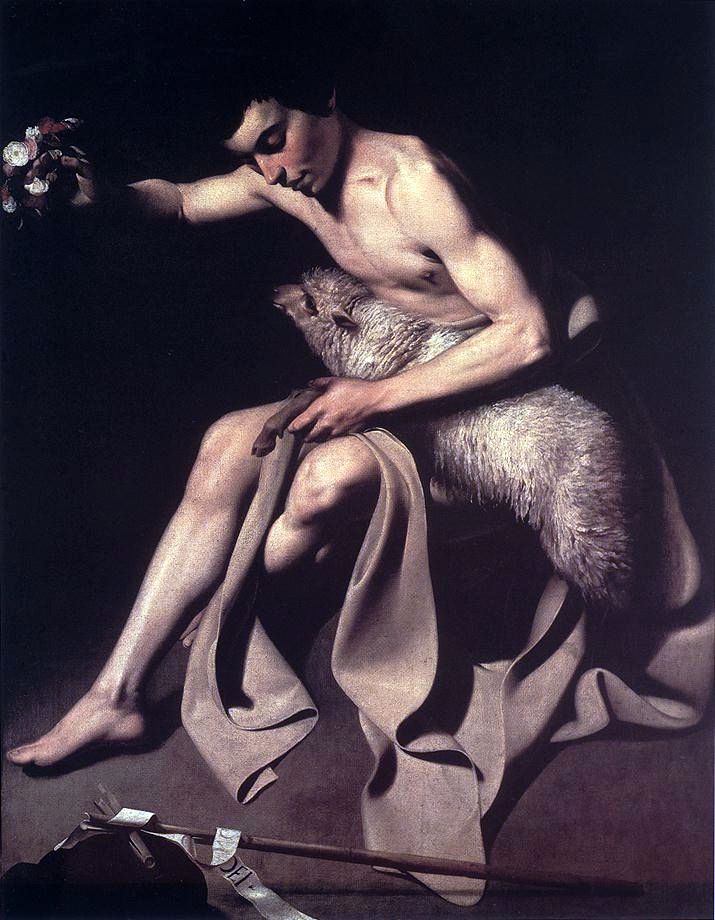 Jean-Baptiste – Michel-Ange Merisi da Caravaggio
Jean-Baptiste – Michel-Ange Merisi da Caravaggio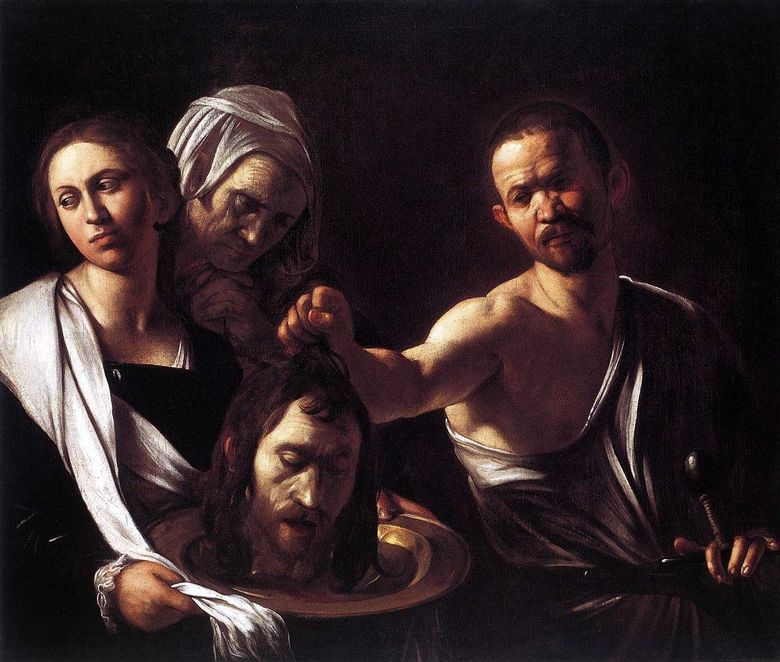 Salomé avec la tête de Jean le Baptiste – Michelangelo Merisi da Caravaggio
Salomé avec la tête de Jean le Baptiste – Michelangelo Merisi da Caravaggio